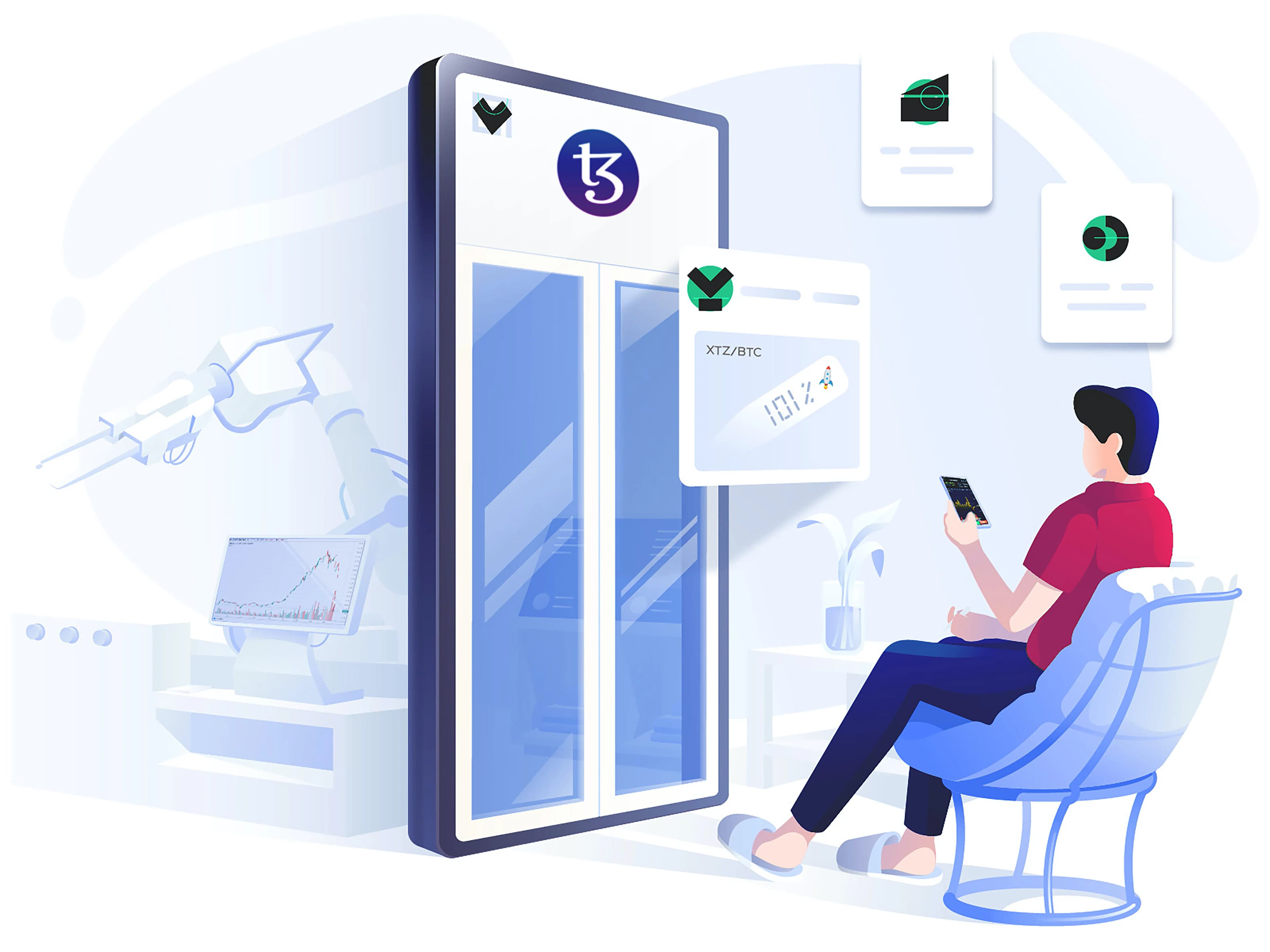
The internet has come a long way since its inception, and we are now standing at the cusp of a new era: Web3. In this blog post, we will delve into the concept of Web3, what it represents, its key components, and the revolutionary potential it holds. Web3 is more than just a buzzword; it's a paradigm shift that promises to reshape how we interact, transact, and share information online.
What is Web3?Web3 is the next evolution of the internet, a decentralized web that aims to give users more control, ownership, and privacy over their online experiences. Unlike its predecessors, Web3 is not governed by a central authority or a handful of tech giants. Instead, it's built on decentralized technologies like blockchain and smart contracts, enabling users to interact directly with each other, applications, and services in a trustless, peer-to-peer manner.
Key Components of Web3At the heart of Web3 is blockchain, a distributed ledger that records transactions across a network of computers. Blockchain ensures transparency, immutability, and security, making it the foundation for decentralized applications (dApps) and cryptocurrencies.
Digital assets like Bitcoin and Ethereum enable peer-to-peer transactions and are central to the Web3 ecosystem. These cryptocurrencies facilitate decentralized finance (DeFi) and non-fungible tokens (NFTs), which are redefining the way we handle money and digital assets.
Smart contracts are self-executing contracts with the terms of the agreement directly written into code. They enable trustless, automated, and secure interactions between parties, eliminating the need for intermediaries in various industries.
Web3 encourages the development of dApps that run on blockchain networks. These applications range from social networks, marketplaces, and gaming platforms to DeFi services, offering new functionalities and improved security.
With Web3, users have more control over their digital identity, reducing the reliance on centralized platforms. Self-sovereign identity solutions empower individuals to manage and share their personal information securely.
Web3 shifts ownership and control from centralized authorities to individuals. Users have greater sovereignty over their data, digital assets, and online interactions. This can revolutionize digital privacy and give power back to the people.
The trustless nature of Web3, thanks to blockchain and smart contracts, reduces the need for intermediaries in various sectors. This can lead to more efficient and cost-effective processes, from financial services to supply chain management.
DeFi platforms built on Web3 enable financial services for underserved populations, allowing anyone with an internet connection to access banking, lending, and investment opportunities, regardless of their location.
NFTs and decentralized marketplaces empower creators to monetize their content and maintain ownership over their work. Musicians, artists, and content creators can now interact directly with their audiences, eliminating the need for middlemen.
Web3's decentralized nature makes it more resistant to censorship. Information and communication are less likely to be controlled or suppressed by central authorities, preserving freedom of speech and access to information.
While Web3 holds great promise, it is not without challenges. Scalability, energy consumption, and regulatory concerns are just a few of the issues that need to be addressed. However, as the technology matures and the ecosystem grows, solutions to these challenges are likely to emerge.
The future of Web3 is still being written, but it has the potential to transform the internet as we know it. It empowers individuals, reshapes industries, and redefines the online landscape. As we move forward, it's essential to stay informed, participate in the Web3 community, and explore the opportunities it offers.
In conclusion, Web3 represents a paradigm shift that emphasizes decentralization, trustlessness, and user empowerment. It has the potential to revolutionize the internet and offer more control and ownership to individuals. The journey towards the full realization of Web3 is an exciting one, and we are witnessing the early stages of a transformative digital era.